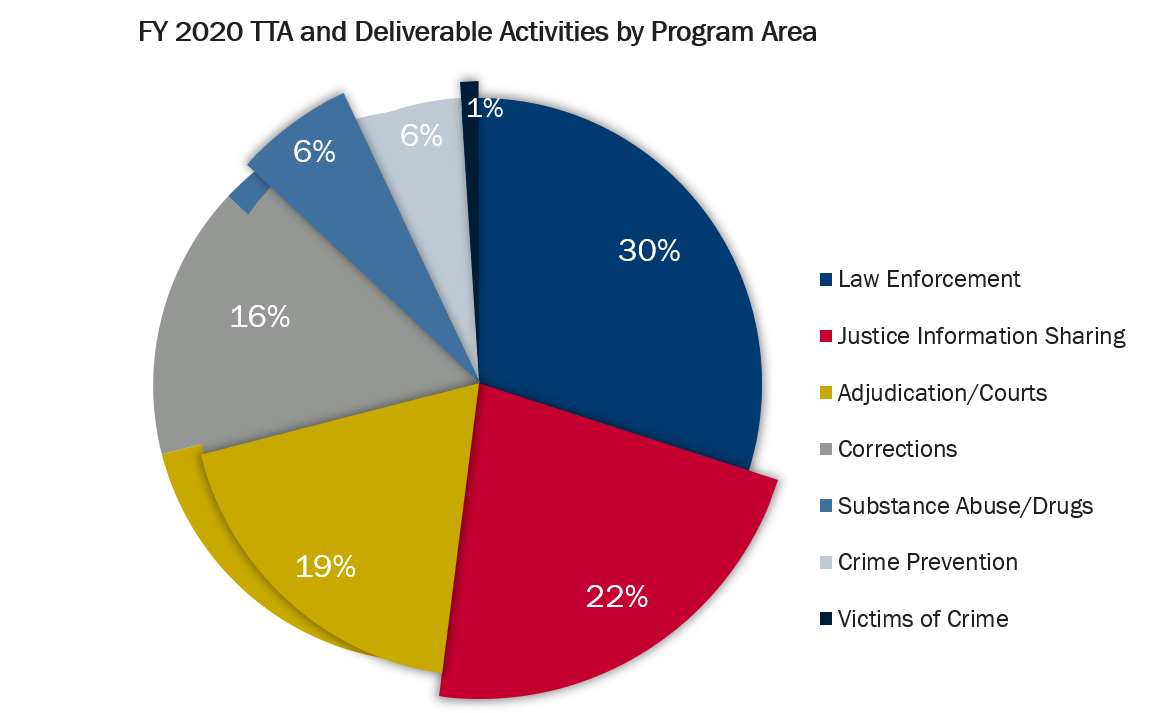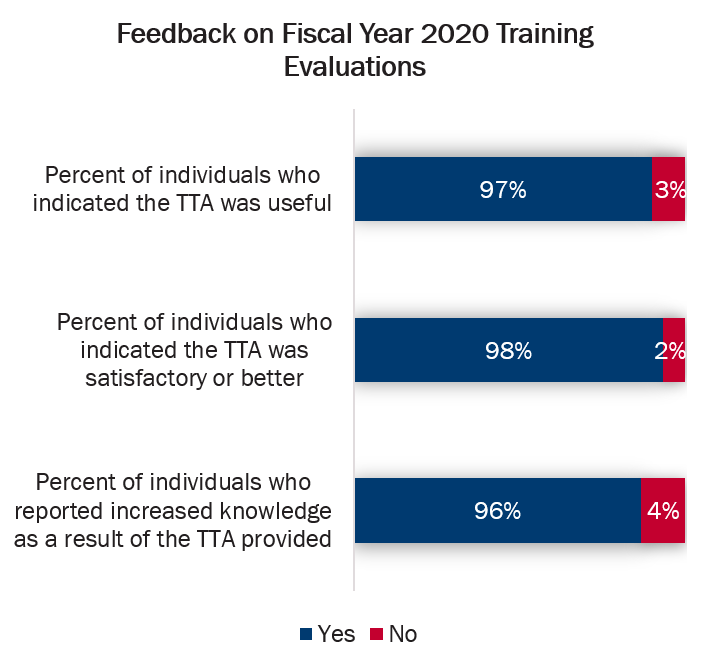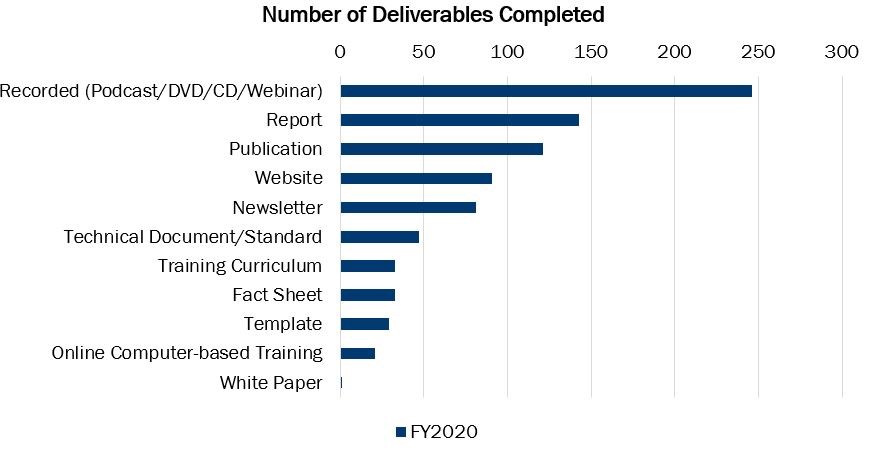The National Center for School Safety (NCSS) is a Bureau of Justice Assistance Students, Teachers, and Officers Preventing (STOP) School Violence Program national training and technical assistance provider focused on improving school safety and preventing violence. NCSS aims to support STOP grantees and the nationwide school safety community as they work to address school safety challenges.
NCSS offers publicly available resources for school safety practitioners to implement school safety plans, use best practices, and strategize ways to address issues, such as mental health, pertaining to their school communities. These resources range from monthly newsletters to both in-person and online learning courses. NCSS also offers training resources for managing STOP School Violence grants.
Prosecutors play an integral role to regularly collaborate with community organizations and members to protect the community and develop best practices to reduce victimization. To further support prosecutors in the pivotal role they play within communities across the nation, the Bureau of Justice Assistance (BJA) offers various grant funding, training and technical assistance, and other resources to ensure that prosecutors are well equipped to serve their respective communities. These resources are outlined in BJA’s “Programs That Support Prosecutors” fact sheet.
The Council of State Governments (CSG) Justice Center, with support from the Bureau of Justice Assistance, recently released the report “A Matter of Public Health and Safety: How States Can Support Local Crisis Systems.” The report discusses five actions state policymakers can take to fund and sustain local crisis systems, which relieve the burden on law enforcement, hospitals, and jails while providing individuals with much-needed resources to address and prevent mental health crises. The report also outlines two case studies in Texas and Arkansas to show the effectiveness of supporting local crisis systems.
As part of the Biden-Harris Administration’s efforts to support communities seeking to implement or expand Community Violence Intervention (CVI) efforts, subject matter experts will present on CVI-related topics in a series of webinars. This webinar series is a joint effort of the U.S. Department of Justice, the U.S. Department of Health and Human Services, the U.S. Department of Housing and Urban Development, the U.S. Department of Labor, the U.S. Department of Education, and the White House Domestic Policy Council.
The first webinar, “Community Violence Intervention (CVI) Webinar Series Part 1: Evidence-based Theory and Research on CVI,” is now available to view. In this webinar, presenters discussed immediate steps communities can take to reduce community violence as well as the social determinants of health (e.g., norms, policies) that can lead to inequities in violence. Within this framework, presenters defined CVI, including the theory and research behind specific CVI models such as street outreach, violence interrupters, group violence interventions, and hospital-based interventions, as well as the role of the community and law enforcement within CVI.
By the Bureau of Justice Assistance National Training and Technical Assistance Team
The Bureau of Justice Assistance (BJA) connects state, local, and tribal justice agencies in need of assistance with no-cost training and specialized guidance—also known as training and technical assistance—both in person and virtually on a wide variety of criminal justice topics. BJA worked with 148 BJA training and technical assistance (TTA) awards totaling over $545,000,000 and supported 131 BJA National Training and Technical Assistance Center (NTTAC) engagements. In fiscal year (FY) 2020, BJA TTA and BJA NTTAC providers served thousands of agencies by delivering a variety of TTA activities and creating many resources tailored to the needs of the field, some of which are highlighted below.
Breaking Down TTA Services and Deliverables

BJA TTA and BJA NTTAC providers delivered over 6,000 TTAs and deliverables across 7 program areas—the most prevalent being law enforcement, justice information sharing, and adjudication/courts. The majority of TTAs (73 percent) were estimated at costing less than $2,500. BJA TTA and BJA NTTAC providers also delivered a range of services to criminal justice agencies, including:
- Responding to 266,477 inquiries from the
- field.
- Providing online training to 40,401 individuals at 28,081 agencies.
- Supporting 29,224 agencies with program implementation management/support.

In addition,173,088 criminal justice professionals attended BJA-funded training events. Of those who attended trainings, 107,139 (62 percent) attended webinars, 40,401 (23 percent) attended online trainings, 17,393 (10 percent) attended
classroom trainings, 8,000 (5 percent) attended live video trainings, and 155 (<1 percent) attended phone trainings.
Positive Feedback on Training Evaluations
BJA TTA and BJA NTTAC providers collected evaluations from 63,633 participants at 1,146 trainings.
Ninety-eight percent of respondents indicated that the training was satisfactory or better and 97% indicated that the training was useful.
Details on Resources
In addition to providing hands-on TTA in FY 2020, TTA providers produced nearly 850 resources on a variety of criminal justice topics. The chart below shows a breakdown of the resources created in FY 2020.

Transition to a Virtual Environment During the Covid-19 Pandemic
In light of the COVID-19 pandemic, BJA and BJA NTTAC providers strategically transitioned to provide effective and efficient TTA services virtually to the field. During FY 2020, BJA and BJA NTTAC providers delivered 90 percent of trainings in a virtual format through webinars, online, live video, and phone trainings. This is a significant increase from prior years where most trainings (around 60 percent) were delivered in-person.
The transition to a more virtual environment and delivery system allowed BJA and BJA NTTAC providers to reach a broader audience and number of participants. Training events in FY 2020 were attended by 173,088 criminal justice professionals, which was a 150 percent increase in training attendance compared to FY 2019.
Several providers delivered TTA services and resources specific to COVID-19 related topics throughout the FY. These topics included:
- Best practice standards and adjustments during the COVID-19 pandemic, including court operations, technology solutions, law enforcement operations and investigations, reentry protocols and procedures, jail and prison health and safety protocols, and child services.
- Domestic violence issues and concerns.
- Victim advocacy and vicarious trauma.
- Scams and frauds as a result of a global pandemic.
- Psychological impacts of the COVID-19 pandemic.
- How the pandemic affected opioid use.
Providing Future TTA
The TTA Resources section on BJA NTTAC’s website displays free resources from BJA-funded activities, offering specialized guidance on justice topics including webinars, publications, toolkits, and fact sheets. To find more learning opportunities, the BJA NTTAC TTA Catalog provides a list of upcoming training events.
If your jurisdiction is in need of TTA, or if you know of a community that would benefit from this type of assistance, please contact BJA NTTAC at BJANTTAC@ojp.usdoj.gov and we can connect you to the appropriate training, assistance, TTA partner, and/or resources.
If you are interested in submitting the work of your organization or jurisdiction for consideration in a future TTA Today blog post or in obtaining information related to a particular topic area, please email us at BJANTTAC@ojp.usdoj.gov.
Points of view or opinions on BJA NTTAC’s TTA Today blog are those of the author(s) and do not necessarily represent the official position or policies of DOJ, BJA, or BJA NTTAC.
The International Association of Chiefs of Police created the Home Safe Library of Resources as part of their work supporting Kevin and Avonte Program grant sites through the Bureau of Justice Assistance’s Reducing Injury and Death of Missing Individuals with Dementia and Developmental Disabilities program. This library is a free, publicly available, searchable online catalog that includes articles, webinars, tools, and other resources on wandering, elopement, missing persons, and law enforcement response to individuals with dementia and other developmental disabilities.
The Bureau of Justice Assistance (BJA) administers the Public Safety Officer Medal of Valor Program. The Medal of Valor is the highest honor for public safety officers, and it was created when Congress passed The Public Safety Officer Medal of Valor Act of 2001. The President or Vice President award the medals annually to public safety officers who have exhibited exceptional courage, regardless of personal safety, in the attempt to save or protect human life.
The program defines a public safety officer as “a person (living or deceased) who is serving or has served in a public agency, with or without compensation, as a firefighter; law enforcement officer, including a corrections, court, or civil defense officer; or emergency services officer, as determined by the U.S. Attorney General.”
The program states that “an act of valor is considered to be above and beyond the call of duty; and exhibiting exceptional courage, extraordinary decisiveness and presence of mind along with unusual swiftness of action, regardless of his or her personal safety, in an attempt to save or protect human life.”
Nominations for the Public Safety Officer Medal of Valor Program are now open and are due by 11:59 p.m. ET on July 31, 2021. Qualifying events must have taken place between June 1, 2020, and May 31, 2021.
In collaboration with the Bureau of Justice Assistance (BJA), AEquitas recently released the Prosecutors’ Guide for Reducing Violence and Building Safer Communities. The guide outlines ways for prosecutors’ offices to assess their strengths and weaknesses in the context of several critical elements to respond to and reduce violent crime, and provides sample policies and practices that may be implemented based on the prosecutors’ offices specific needs. Some of the critical elements include community engagement; collaboration with criminal justice partners; technology; analytics and intelligence; recruitment, training, and case assignment; resources and sustainability; and accountability.
This guide was created through the Innovative Prosecution Solutions (IPS) initiative, which BJA funds.
On June 23, 2021, the White House released Fact Sheet: Biden-Harris Administration Announces Comprehensive Strategy to Prevent and Respond to Gun Crime and Ensure Public Safety to address the nation’s surge of gun violence. The detailed plan outlines the strategy and various agencies’ involvement, including the U.S. Department of Justice (DOJ). It references BJA’s FY 2021 Edward Byrne Memorial Justice Assistance Grant (JAG) Program, stating that “Byrne JAG provides critical support to State and territory, local, and Tribal governments across a range of program areas, including crime prevention and education, law enforcement, prosecution, indigent defense, courts, corrections and community corrections, drug treatment and enforcement, technology improvement, crime victim and witness initiatives, and planning and evaluation.” BJA is accepting Byrne JAG applications. State solicitation applications are due July 22, 2021, and local solicitation applications are due August 9, 2021. Byrne JAG funds can also be used for community violence intervention (CVI) efforts. To learn more about CVI, review the White House’s fact sheet outlining the Biden-Harris Administration’s investments in CVI.
Attorney General Merrick B. Garland delivered remarks on DOJ’s involvement with the strategy. In addition, in May, Attorney General Garland outlined DOJ’s Comprehensive Strategy for Reducing Violent Crime, which is referenced in the White House’s fact sheet. The first part of the three-pronged DOJ strategy “establishes a set of four fundamental principles to be applied Department-wide to guide violent crime reduction.” The four fundamental principles are to 1) build trust and earn legitimacy, 2) invest in prevention and intervention programs, 3) target enforcement efforts and priorities, and 4) measure results. The second part enhances the Project Safe Neighborhoods (PSN) program through U.S. Attorneys. The third part “directs each U.S. Attorney’s Office to work with its state, local, federal, Tribal, and community partners to establish an immediate plan to address spikes in violent crime that are typically seen during the summer.”
The White House’s strategy references various other components, including education, reentry, housing, and jobs, to show the comprehensive approach to preventing and responding to gun crime and ensuring public safety.
The National Criminal Justice Association (NCJA) recently released a how to guide for state administering agencies (SAAs) titled “How and Why to Engage with Local Criminal Justice Planning Boards.” This guide provides case studies for four states on effective approaches to include stakeholder groups in planning processes by engaging their Local Criminal Justice Planning Boards, often referred to as Criminal Justice Coordinating Councils. The four states—Pennsylvania, Virginia, Ohio, and Oregon—each took different approaches but overwhelmingly supported the approach to involve the planning boards to enhance the SAA and the state criminal justice system.